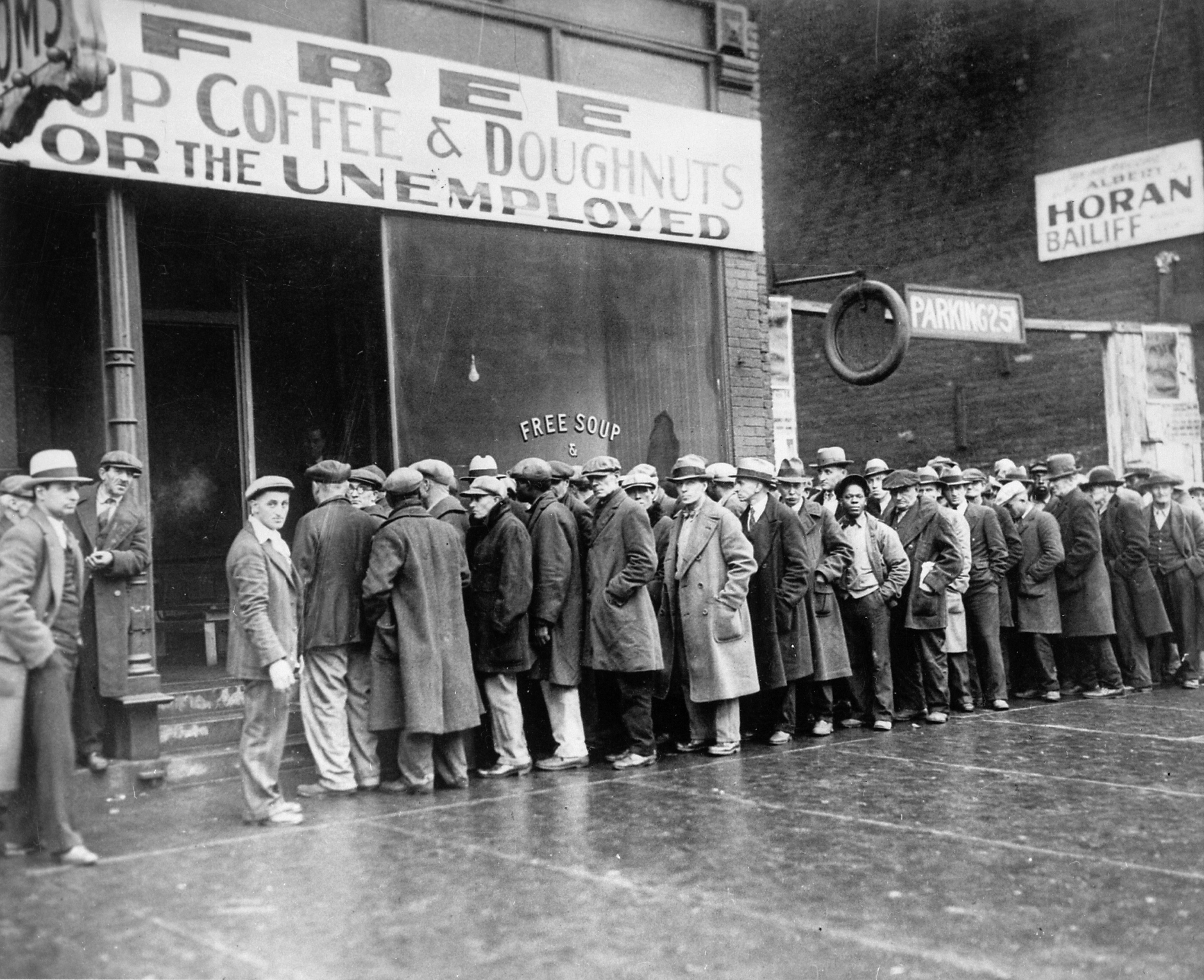
Let's do a though experiment. Say a person where to invest 150,000$ at age 35 and invest say 5,000$ per year (adjusted for salary increase of 3%). What would be his starting Safe withdrawal at age 65 for it to last until age 105. The answer is it depends.
Here's a summary table for this :
| Metrics | 100%/0% | 90%/10% | 80%/20% | 70%/30% | 60%/40% | 50%/50% |
| SWR Rate | 3,48% | 3,62% | 3,74% | 3,85% | 3,94% | 3,93% |
| SWR Ruin | 0,00% | 0,00% | 0,00% | 0,00% | 0,00% | 0,00% |
| initial CF on 1,000,000$ | $ 34 800 | $ 36 200 | $ 37 400 | $ 38 500 | $ 39 400 | $ 39 300 |
| Initial CF max | $ 170 218 | $ 156 079 | $ 141 719 | $ 127 831 | $ 114 280 | $ 99 274 |
| Initial CF 95 percentile | $ 128 905 | $ 119 263 | $ 103 894 | $ 95 394 | $ 89 602 | $ 81 813 |
| Initial CF 75 percentile | $ 89 137 | $ 81 174 | $ 72 301 | $ 68 248 | $ 60 829 | $ 54 465 |
| Initial CF avg | $ 65 132 | $ 62 149 | $ 58 863 | $ 55 512 | $ 52 006 | $ 47 450 |
| Initial CF 25 percentile | $ 33 526 | $ 34 400 | $ 34 881 | $ 35 645 | $ 35 948 | $ 34 822 |
| Initial CF 5 percentile | $ 24 920 | $ 26 479 | $ 27 577 | $ 28 263 | $ 28 459 | $ 27 537 |
| Initial CF min | $ 20 550 | $ 21 648 | $ 22 481 | $ 23 084 | $ 23 380 | $ 22 897 |
| Stdev of Initial CF | $ 35 662 | $ 30 945 | $ 26 715 | $ 23 133 | $ 20 184 | $ 17 532 |
| Avg CF | $ 146 423 | $ 138 439 | $ 129 954 | $ 121 499 | $ 112 879 | $ 102 168 |
As you can see the safe withdrawal rate would be about 3.94% in a 60% equity/ 40% bond portfolio. The highest Rate in all portfolio. However, if we look at the actual amount that this means, its only 52,000$. It's about 13,000$, or 80%, of what a full equity portfolio would produce.
I argue that while the volatility of the equity is greater, it doesn't mean much if you can actually have a much much higher retirement at the end of the day.
Let's consider bad timing come up and we are in the worst historical time frame for retirement. That is start at 1929, age35 and retire at 1949, age 65. The 60% bond portfolio would have produce a 23,084$ vs a 20,550$ in a full equity portfolio. In other word, you effectively trading the risk of having a 88% lower pension for that on average you lose 80% of the pension. I would say that this is a bad trade. Why in the world would you on average want to lose the 80%, to boost that worst case?
Let's also remember that for that retiree, his fund would actually would have actually double in the next 3 years. I'll deal with this in a future article.
And if we look at the other side of the risk, you trade a 127,831$ maximum for a 170,217$, or 75% loss.
I argue that we must not be blindsighted by all the fear. Risk mitigation is a great tool; but we must focus on the actual goal and see what is the actual risk.


